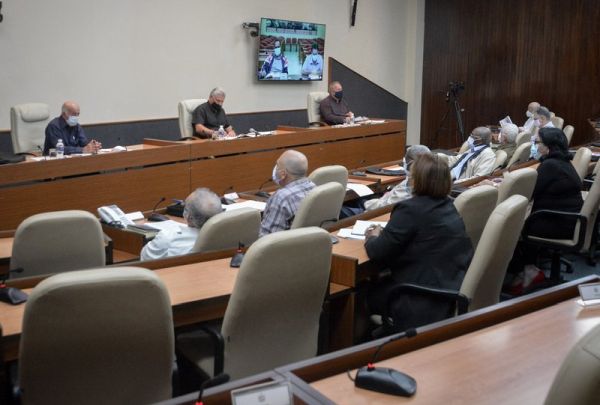
(Photo: Estudios Revolución).
The temporary working group for the prevention and control of the new coronavirus approved on Tuesday the transition of the central Cuban province of Sancti Spíritus to phase three of the COVID-19 recovery stages.
According to Prime Minister Manuel Marrero Cruz the decision was adopted taking into consideration both the number of cases identified in the territory and the incidence rates during the last 14 days.
On the other hand, for 11 consecutive days, Sancti Spiritus has complied with the sanitary indicators defined for the transition to the new normality.
Regarding the epidemiological situation of that province, where at the end of last week only seven positive cases were reported to COVID-19, six of them imported, the Minister of Public Health, José Angel Portal Miranda, assured that the territory is evolving to control the disease.
When referring to the course of the epidemic in Cuba at the end of November —the second month where more positive cases have been confirmed since March—, the minister of Public Health said that the provinces of Pinar del Río, Havana, Ciego de Ávila, Santiago de Cuba and Sancti Spíritus, reported the highest incidence rate, with 77.8% of the cases diagnosed in the country.
According to Portal Miranda, imported cases have been the source of infection of 27.1% of the native cases diagnosed during that period and have been responsible for the resumption of transmission in the provinces of Artemisa, Mayabeque, Matanzas, Cienfuegos, Villa Clara, Camagüey, Las Tunas, Holguín, and Santiago de Cuba.
Translated from RHC.
 Escambray ENGLISH EDITION
Escambray ENGLISH EDITION





Escambray reserves the right to publish comments.